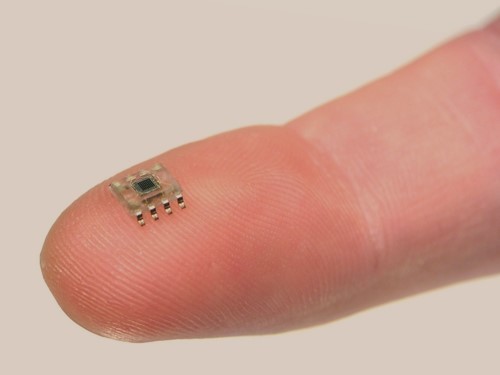Ingestible sensor to diagnose GI disease developed at MIT
IANS May 26, 2018
An ingestible sensor equipped with genetically engineered bacteria developed by MIT researchers including one of Indian-origin, can aid in diagnosing bleeding in the stomach or other gastrointestinal problems.

This "bacteria-on-a-chip" combines sensors made from living cells with ultra low-power electronics that convert the bacterial response into a wireless signal that can be read by a smartphone. "The focus of this work is on system design and integration to combine the power of bacterial sensing with ultra low-power circuits to realise important health sensing applications," said Anantha Chandrakasan, dean of MIT's School of Engineering. "By combining engineered biological sensors together with low-power wireless electronics, we can detect biological signals in the body and in near real-time, enabling new diagnostic capabilities for human health applications," added Timothy Lu, associate professor at the varsity.
In the new study, appearing in the journal Science, the team created sensors that respond to heme -- a component of blood --, and showed that they work in pigs. The researchers engineered a probiotic strain of E. coli to express a genetic circuit that causes the bacteria to emit light when they encounter heme. Then they placed the bacteria into four wells on their custom-designed sensor. Underneath each well is a phototransistor that can measure the amount of light produced by the bacterial cells and relay the information to a microprocessor that sends a wireless signal to a nearby computer or smartphone.
The researchers also built an Android app that can be used to analyse the data. The sensor, which is a cylinder about 1.5 inches long, requires about 13 microwatts of power. The researchers equipped the sensor with a 2.7-volt battery, which they estimate could power the device for about 1.5 months of continuous use. Tests on pigs showed that it could correctly determine whether any blood was present in the stomach. They anticipate that this type of sensor could be either deployed for one-time use or designed to remain in the digestive tract for several days or weeks, sending continuous signals.
-
Exclusive Write-ups & Webinars by KOLs
-
Daily Quiz by specialty
-
Paid Market Research Surveys
-
Case discussions, News & Journals' summaries